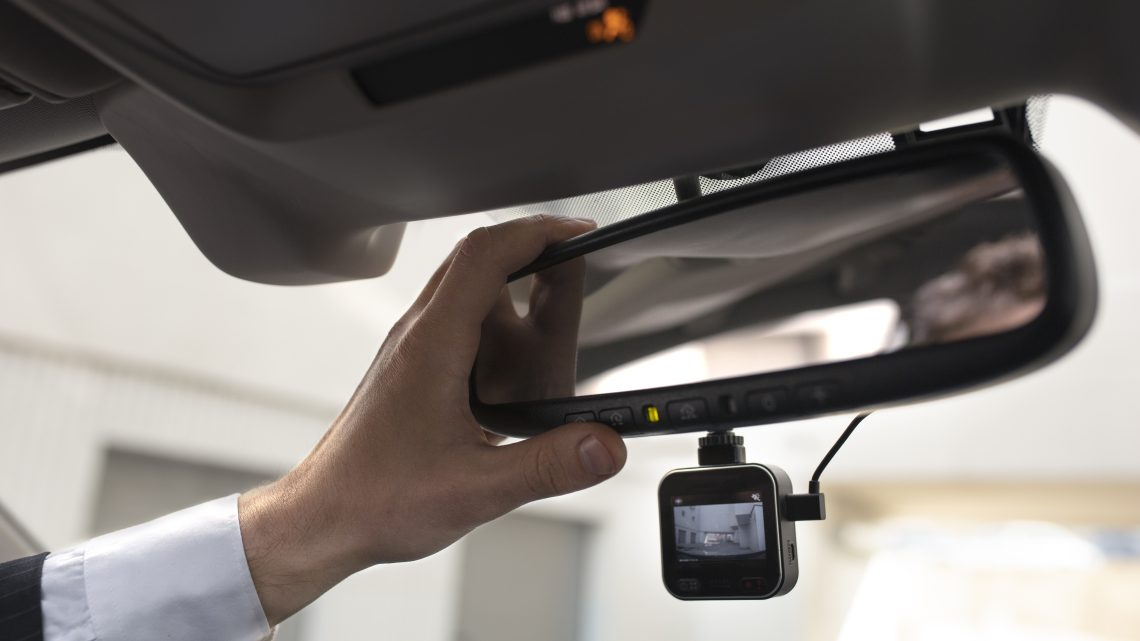Car accidents are an unfortunate reality for many drivers. Whether caused by another motorist’s negligence, adverse weather conditions, or simply bad luck, car accidents can be stressful, expensive, and time-consuming. One of the most critical aspects of resolving a car accident claim is determining who is at fault, and that’s where dash cam footage is becoming an invaluable tool.
If you find yourself involved in a car accident, consulting with an experienced legal professional such as the Wilmington car accident attorneys at Shipman & Wright, can help ensure your rights are protected. While police reports, eyewitness testimonies, and physical evidence can all contribute to resolving an accident claim, dashcam videos offer an objective, real-time account of the incident, potentially making the difference between a prolonged legal battle and a swift resolution. In this post, we’ll explore the role of dash cam footage in car accident claims, how it can help protect your rights, and why it’s becoming a must-have for drivers.
What Is Dash Cam Footage?
A dash camera, or dash cam, is a small video recording device mounted on a vehicle’s dashboard or windshield. It records the road ahead and often includes a view of the inside of the car. Dash cams typically operate in a loop, continuously recording footage until an accident triggers the camera to save the recent video.
The footage recorded by dash cams can include important details such as:
- The speed and behavior of other drivers, even distracted driving
- Road conditions and traffic signals
- The events leading up to the crash
- Visibility and weather conditions
- Time and location stamps
Dash cam footage can be an invaluable piece of evidence to gather when it comes to resolving car accident and personal injury claims.
How Dash Cam Footage Can Support Your Car Accident Claim
a. Establishing Fault with Clear Evidence
One of the most significant benefits of dashcam footage is its ability to establish clear evidence of fault. Often, determining who is responsible for an accident can be a he-said, she-said scenario, especially if there are conflicting accounts from the involved parties. This is particularly true in cases where the police report is inconclusive or where eyewitness testimonies are unreliable.
Dashcam footage offers unbiased, objective proof of what happened before, during, and after the accident, such as:
- Whether another driver ran a red light or stop sign.
- Whether the other party was speeding or tailgating.
- Whether there was a failure to signal or a sudden lane change.
- The positioning of vehicles on the road at the time of impact.
Having this visual evidence can significantly strengthen your case, increasing the likelihood of a favorable outcome for your car accident claim.
b. Clarifying the Sequence of Events
In complex accidents, such as those involving multiple vehicles or unclear causes, dash cam footage can be used to clarify the sequence of events. Whether it’s showing that another driver abruptly changed lanes without signaling or capturing the moment when a vehicle swerved into your lane, a dash cam helps create a clear timeline of events.
This can be crucial for:
- Proving that your actions were not responsible for the crash.
- Demonstrating the exact cause of the accident (e.g., driver distraction, road hazard, mechanical failure).
- Supporting your version of events when other drivers attempt to deny responsibility.
c. Backing Up Your Insurance Claim
When dealing with insurance companies, having concrete proof of what happened can expedite the claims process. Insurance adjusters are more likely to take you seriously if you present dash cam footage that clearly shows the other driver’s liability.
Without footage, an insurance company might hesitate to offer a fair settlement, especially if there is a dispute over fault. Dash cam footage can:
- Speed up the insurance claim process.
- Help settle the claim without the need for legal action.
- Potentially increase the value of your claim by providing irrefutable evidence.
How Dash Cam Footage Can Help in Legal Disputes
a. Strengthening Your Personal Injury Case
In personal injury claims resulting from car accidents, the burden of proof rests on the plaintiff (the injured party). Dash cam footage is an incredibly powerful tool to support your injury claim by demonstrating that the other driver was at fault for the accident. For example, if the footage shows the other driver texting or failing to yield, it helps to prove negligence.
Moreover, dash cam footage can be used to show the severity of the accident, the force of the impact, and the injuries sustained (even if only indirectly, by showing how the accident occurred). It can be particularly helpful in cases where injuries are not immediately obvious but become more apparent in the days following the crash.
b. Use in Court as Evidence
In cases where the dispute cannot be resolved through negotiations or insurance claims, dash cam footage can be presented in court as key evidence. The credibility of video evidence is often more persuasive than witness testimony, and courts are generally more likely to accept video footage as evidence of what happened during the accident.
In fact, dash cam footage can help:
- Reduce uncertainty in the legal process.
- Minimize time spent in court.
- Help lawyers prepare a more solid case, often leading to faster resolutions or settlements.
How to Ensure Dash Cam Footage Is Useful in Claims
Simply having a dash cam isn’t enough. To maximize its potential in your car accident claim, follow these tips:
a. Ensure Proper Positioning of the Camera
Make sure your dash cam is properly mounted in a location that provides a clear view of the road and the surroundings. Position it to capture the license plates, traffic signals, and any potential hazards that may contribute to an accident.
b. Check the Quality of the Footage
Choose a dash cam with high-definition (HD) video resolution for clear footage that captures important details. Poor-quality footage may not be useful in legal disputes or insurance claims.
c. Ensure the Camera Is Always On
Most dash cams have a loop recording feature, but you should regularly check that your camera is functioning properly and recording. Some dash cams can be set to start recording automatically when the car is turned on.
d. Back Up the Footage
After an accident, it’s important to save and back up the footage immediately to avoid overwriting the data. Many dash cams automatically save footage when an incident is detected, but it’s always a good idea to back up the video files to another device.
The Future of Dash Cam Footage in Car Accident Claims
As technology continues to evolve, dash cams are becoming an increasingly integral part of the driving experience, offering drivers a sense of security and peace of mind in case of an accident. For those who experience a car crash, dash cam footage can be a game changer in terms of establishing fault, speeding up the claims process, and ultimately helping drivers protect their rights.
If you’re a frequent driver or concerned about potential accidents, investing in a dash cam could be one of the best decisions you make. Not only does it enhance your safety on the road, but it also serves as a reliable tool for ensuring that your version of events is supported by hard evidence in the event of a claim.




No Comment